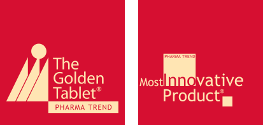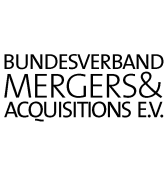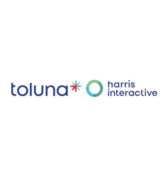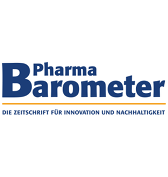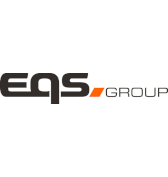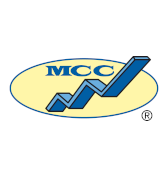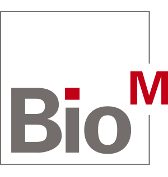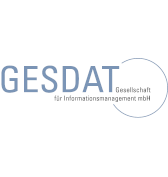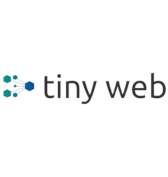DUBLIN–(BUSINESS WIRE)–The “Global Arthroscopy Devices Market Size, Share & Industry Trends Analysis Report By Type, By Application (Knee Arthroscopy, Hip Arthroscopy, Shoulder & Elbow Arthroscopy), By Regional Outlook and Forecast, 2022-2028” report has been added to ResearchAndMarkets.com’s offering.
The Global Arthroscopy Devices Market size is expected to reach $28.6 billion by 2028, rising at a market growth of 7.2% CAGR during the forecast period.
An arthroscope is a medical instrument that allows doctors to see within bodily joints such as the shoulder, knee, spine, hip, and elbow to inspect, diagnose, and perform therapeutic procedures. Arthroscopy devices can look for illnesses like osteoarthritis, rheumatoid arthritis, tendonitis, and bone tumors in the joints. Furthermore, the use of arthroscopy devices has increased as the frequency of sports-related injuries and the number of sports tournaments has increased. Furthermore, the need for intrusive therapies is increasing across the world. Also, technological improvements have allowed arthroscopy devices to be used for a wide range of bone and joint disorders, resulting in a significant arthroscopy devices market opportunity.
As per the World Health Organization, there were 1 billion persons aged 60 and more in 2019, with that number predicted to rise to 1.4 billion by 2030 and 2.1 billion by 2050. As a result, the number of patients with musculoskeletal diseases will rise, which will increase the demand for arthroscopy instruments. Furthermore, 1.71 billion individuals will be affected by musculoskeletal diseases by 2021, making it the biggest cause of disability worldwide. As a result, medical gadgets that can efficiently test and treat bone and joint disorders are in high demand.
Moreover, in emerging economies, spending on healthcare facilities is rapidly expanding. According to the India Brand Equity Foundation, India’s hospital business is predicted to reach approximately $372 billion in FY22, up from $61.79 billion in FY17, indicating a CAGR of roughly 16-17%. In addition, the use of arthroscopy devices allows patients to recover quickly and with few consequences.
COVID-19 Impact Analysis
COVID-19 virus quickly spread throughout several countries and regions, wreaking havoc on people’s lives and the community as a whole. It started as a human health issue and has since evolved into a major threat to global trade, economics, and finance. The pandemic of COVID-19 raised the relevance of government healthcare facilities, resulting in increased healthcare spending around the world.
Furthermore, once the COVID-19 vaccine becomes available, the number of cases is projected to decrease. This has resulted in the reopening of full-scale research labs for arthroscopy devices.
Market Growth Factors
High Cases of Joint Replacement Surgery
The arthroscopy devices market is growing due to the rising demand for joint replacement surgeries across various regions. Hundreds of thousands of joint replacement surgeries are conducted in developed regions such as North America and Europe. The healthcare segment in these regions is developed and governments in these nations put an emphasis on the adoption of the latest devices, thus pushing the adoption of the latest arthroscopy devices. Growth in the geriatric population is leading to an increase in the cases of the knee and joint-related disorders since the elderly are more vulnerable to these diseases.
Technological Developments in the Arthroscopy Devices
The rising demand for arthroscopic gadgets in sports medicine is expected to present significant possibilities for market competitors. Manufacturers are working on arthroscopy equipment with high-definition cameras, improved suturing procedures, and specialized suturing materials to improve visualization. Arthroscopy devices improved the image quality from high definition to 4K. Surgical center leaders started to understand the many advantages of the improved image quality provided by 4K imaging. While regular high-definition imaging is undoubtedly good, there is a significant difference when they upgraded to 4K. With the help of 4K, pathology can be identified, exact measurements taken, diseases treated, and arthroscopic surgery performed with improved precision.
Marketing Restraining Factor:
Negative Consequence of the Arthroscopy surgeries
Swelling is one of the most common symptoms of joint inflammation before any surgical treatment. Following surgery, knee swelling can sometimes remain and even increase. Swelling can happen as a consequence of prolonged inflammation, hemorrhage, or infection within the joint. Resting the knee joint, applying ice, wearing an elastic bandage, and raising the extremities are all methods for reducing swelling. However, for some patients, swelling persists after arthroscopic surgery, which can be a bothersome cause of discomfort. Swelling that becomes worse can be an indication of something more severe issues. The creation of scar tissue surrounding the knee joint, as well as prolonged inflammation of the knee joint, can cause stiffness in the knee joint.
Scope of the Study
Market Segments Covered in the Report:
By Type
- Arthroscopes
- Arthroscopic Implants
- Radiofrequency Systems
- Fluid Management Systems
- Visualization Systems
- Powered Shavers
- Others
By Application
- Knee Arthroscopy
- Hip Arthroscopy
- Shoulder & amp; Elbow Arthroscopy
- Others
By Geography
- North America
- Europe
- Asia Pacific
- LAMEA
Key Market Players
- Medtronic PLC
- Johnson & amp; Johnson
- Smith & amp; Nephew PLC
- ConMed Corporation
- Stryker Corporation
- Zimmer Biomet Holdings, Inc.
- Karl Storz SE & amp; Co. KG
- Arthrex, Inc.
- Richard Wolf GmbH
- Henke Sass Wolf GmbH
For more information about this report visit https://www.researchandmarkets.com/r/l3wulx.
Contacts
ResearchAndMarkets.com
Laura Wood, Senior Press Manager
press@researchandmarkets.com
For E.S.T. Office Hours Call 1-917-300-0470
For U.S./CAN Toll Free Call 1-800-526-8630
For GMT Office Hours Call +353-1-416-8900
